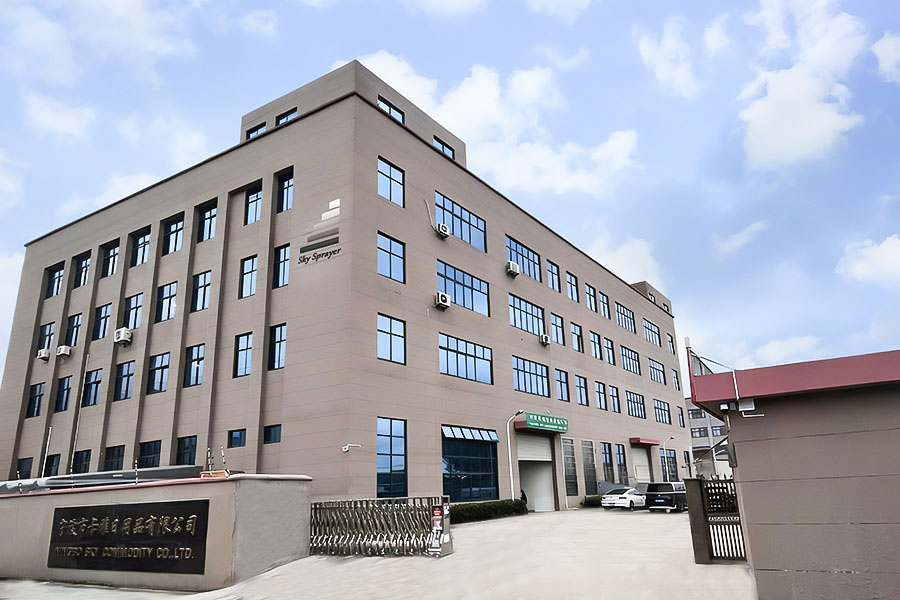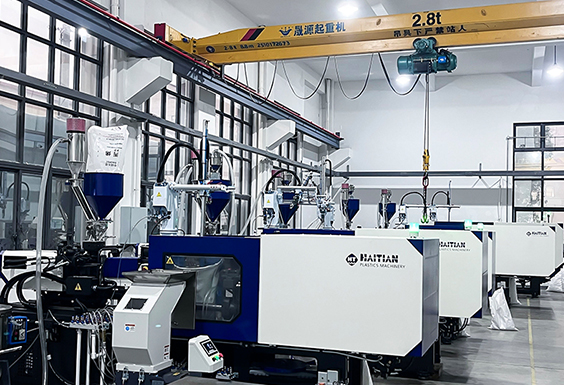What are some of the most common liquids or solutions stored in spray bottles?
Spray bottles are versatile containers used for dispensing a wide range of liquids and solutions in various applications. Some of the most common liquids or solutions stored in spray bottles include:
Water: Spray bottles filled with water are commonly used for tasks like misting plants, refreshing indoor air, or dampening fabric for ironing.
Cleaning Solutions: Many household cleaning products, such as all-purpose cleaners, glass cleaners, and disinfectants, are stored in spray bottles for easy application.
Disinfectants: Especially in recent times, spray bottles are used for applying disinfectant solutions to sanitize surfaces and objects.
Insecticides and Pesticides: Gardeners and homeowners use spray bottles to apply insecticides or pesticides to plants, lawns, or household areas.
Hair Products: Hair spray, detangling sprays, and styling products are often dispensed using spray bottles.
Personal Care Products: Fragrances, body mists, and toners may come in spray bottles for personal use.
Cooking Oils: Some people use spray bottles to apply cooking oils to pans and grills for even coating during cooking.
Perfumes and Colognes: High-end fragrances are often available in spray bottles for precise application.
Paints and Stains: Spray bottles with a nozzle suitable for thicker liquids are used for applying paints, stains, and coatings.
Automotive Products: Automotive detailing products like car wax, tire shine, and interior cleaners are available in spray bottles.
Garden and Plant Care: Fertilizers, herbicides, and plant nutrients can be applied using spray bottles in gardening.
Hair and Skin Care Products: Toners, face mists, and other skincare products are often dispensed using spray bottles.
Pet Care Products: Pet owners may use spray bottles for applying flea treatments, grooming products, or pet-friendly cleaning solutions.
Art and Craft Supplies: Artists and crafters may use spray bottles for watercolor painting techniques or to apply various craft solutions.
Starch and Fabric Refreshers: Spray bottles are used for applying starch to clothing and for refreshing fabrics between washes.
Lubricants: Some spray bottles are designed for dispensing lubricants, such as silicone or bicycle chain lubricants.
Cooking Vinegar: Vinegar-based solutions for cleaning or cooking may be stored in spray bottles.
Personal Hygiene Products: Some people use spray bottles for personal hygiene purposes, like bidets or perineal cleansing.
Sunscreen: Some sunscreen products are available in spray bottles for convenient and even application.
Water-based Adhesives: Crafters and DIY enthusiasts use spray bottles for applying water-based adhesives like glue or temporary bond sprays.
These are just a few examples, and the versatility of spray bottles allows them to be used for a wide range of liquids and solutions in various settings. The choice of liquid often depends on the specific task and the convenience of using a spray bottle for precise application.



 Español
Español
 Français
Français












(5).jpg)






